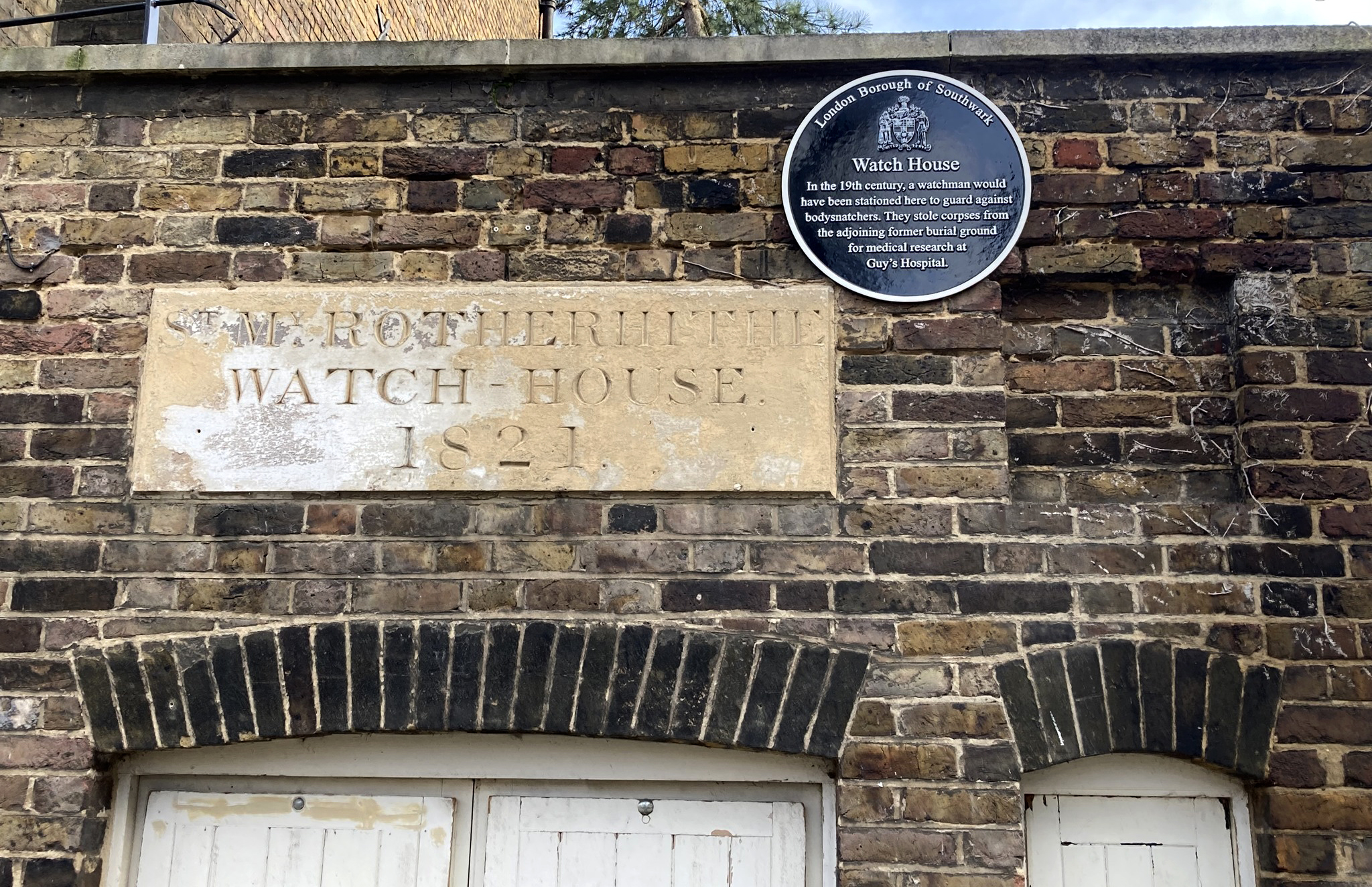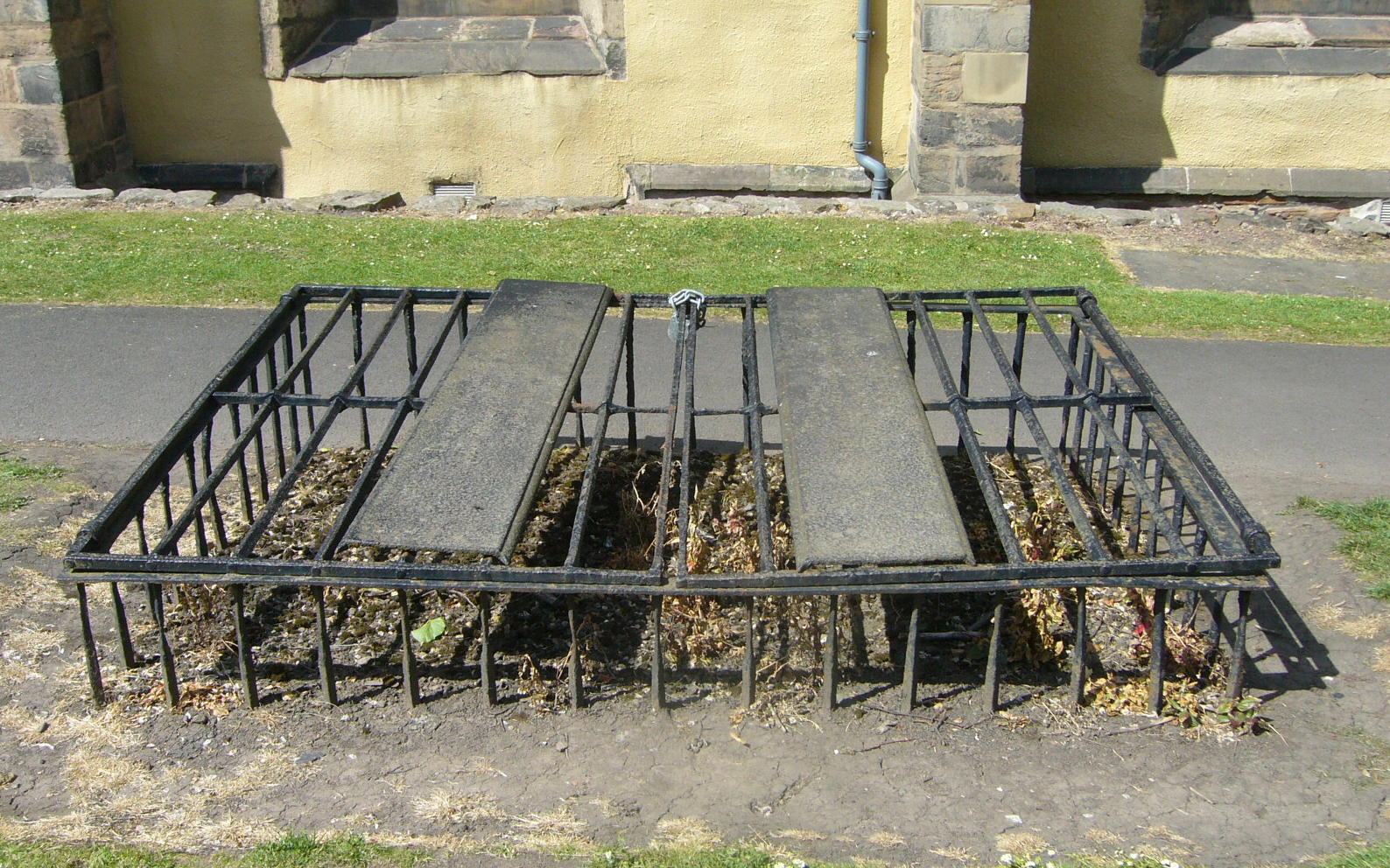Legislation: Medicine and the State
For decades before 1828, the problem of bodysnatching had been so pervasive it was (and remains) common knowledge about 19th century Britain. While it has been widely recognized that doctors and anatomists alike were desperate to acquire cadavers for medical progress, much less has been said regarding a major impetus of this shift in focus to anatomy and surgical medicine: the Apothecaries Act of 1815.

The Apothecaries Act of 1815
Insistence on regulation of the medical profession began as early as 1793; discontent within the profession and among the public trailing well into the nineteenth century. Where guilds were once structured to decide qualifications and impart profession-specific secrets, the problem of widely identifiable credentials persisted. And what was more, competition amongst different kinds of medicine-adjacent personnel only led to an even greater "demand for an Act of Parliament to regulate and control the profession" (Holloway 109). To answer this dearth of defined requirements and established separation of duties, "the Apothecaries Act (1815) introduced formal qualifications for the practice of medicine" by the Society of Apothecaries (Lawlor and Mangham 12).
This landmark legislation was important for several reasons, however among the most notable are: marking the beginning of what would become an unsustainable demand for corpses in the medical profession, but also inspiring public debate both in the form of heated discourse (via newspapers and within politics) and literary texts. An obvious example of the latter would be Mary Shelley's Frankenstein, published in 1818 with a vested thematic interest in the moral complexities of the operating table and anatomy. However, there are countless authors who contributed to this larger conversation as well: John Galt, Samuel Warren, Wilkie Collins, and Robert Louis Stevenson (12).
The implications of this law on the Burke and Hare murder trials are significant, in that Knox was responsible for up to three hundred students in any given semester at the height of his popularity as a professor of anatomy. Even the rudimentary classes required to earn a medical degree (whether students became surgeons or not) would demand a number of training corpses that no private or hospital-based school could supply. It would lead to the kind of urgency with which Knox accepted any cadavers provided to him, ethical implications notwithstanding.
"As medical training in Britain became increasingly reliant on the study of anatomy, the traditional source of corpses for dissection -- the bodies of executed felons -- fell woefully short of the demand generated by the nation's medical schools" (Dittmer and Raine 116).
The Anatomy Act of 1832
First proposed in 1829, the Anatomy Act of 1832 stated that any corpses found within workhouses, hospitals, or prisons that went unclaimed forty-eight hours after death were available to the medical profession for dissection. The crux of this law was its intention to protect doctors from the same legal retribution Knox nearly suffered--far more than it was interested in creating legal channels and a structured government apparatus that could lawfully provide cadavers for medical dissection. Furthermore, with this measure the burden of experimentation would fall almost exclusively on the poor, given the locations enumerated and the difficulty of producing appropriate documentation in time.
Public outcry was immediate and sustained. Although doctors and politicians insisted on the importance of scientific advancement--that the dead would be a means to help improve life for the living--they took explicit protective measures to ensure the sanctity of their loved one's graves. The well-to-do, the middle class, and doctors themselves purchased vaults, interred bodies in thick coffins, and buried bodies deep down into the earth to ensure the eternal rest of family members went undisturbed (Richardson 98).

"The Anatomy Act served to powerfully reinforce the popular perception of doctors as ghoulish henchmen of the state, ever willing to help lower the poor rates by culling the poor as long as they were paid a suitable bounty of human corpses" (Dittmer and Raine 118).
In short, this legislation not only articulated but guaranteed that mourning rites and bodily autonomy were privileges afforded only to the wealthy and powerful. And this dichotomy--and often hypocrisy--was well-documented in public forums, medical journals, and penny fiction alike.
It should also be noted that before the anatomy boom, to be dissected was reserved only for criminals slated with the death penalty. Socially and judicially it was considered a disgrace of the highest caliber; portions of Burke's body are still on display in Edinburgh today in the aftermath of his sentence of dissection. As one skeptical doctor at the time pointed out, such a drastic change could only spark outrage and revulsion, to say nothing of the instinctive disgust associated with the visceral reality of dismemberment (Richardson 144).